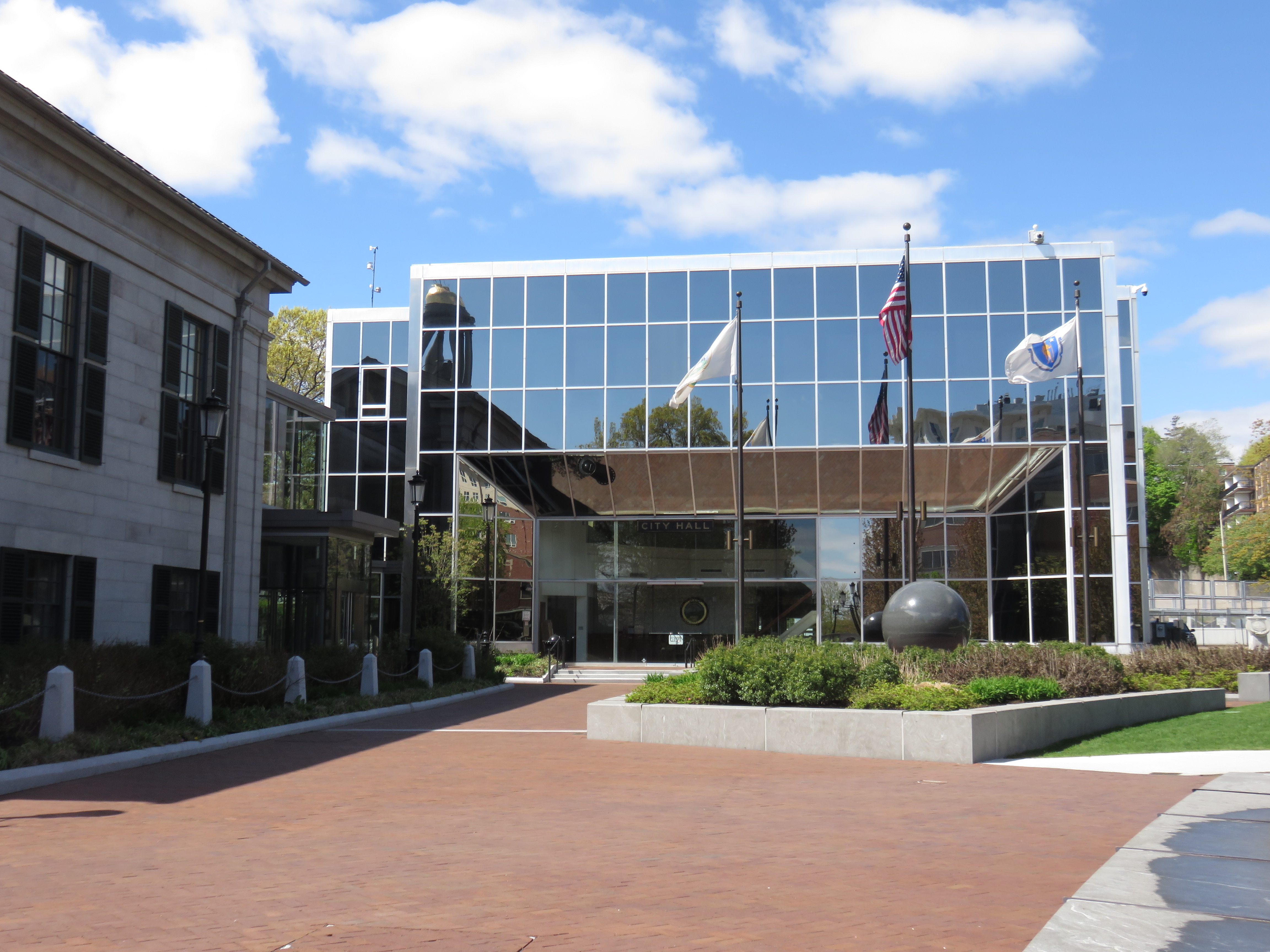Quincy Hall: Quincy Hall Gold

Quincy Hall, a prominent landmark in Boston, stands as a testament to the city’s rich architectural heritage. Constructed in 1848, the building’s design reflects the architectural trends of the mid-19th century, showcasing a blend of Greek Revival and Italianate influences.
Architectural Style and Design Elements
Quincy Hall’s architectural style is a fascinating blend of Greek Revival and Italianate influences, making it a unique example of the architectural trends of the mid-19th century. The building’s facade features elements characteristic of Greek Revival architecture, such as the use of Doric columns, a pediment, and a symmetrical design. These elements create a sense of grandeur and formality, reflecting the classical ideals that were prevalent during this period. However, the building also incorporates elements of Italianate architecture, such as the use of arched windows, a bracketed cornice, and a rusticated stone base. These elements add a touch of elegance and sophistication to the building’s design.
Impact on the Surrounding Environment and Influence on Later Architectural Trends
The design of Quincy Hall had a significant impact on the surrounding environment, contributing to the development of Boston’s downtown area. Its prominent location on the corner of Faneuil Hall Marketplace and Quincy Market made it a focal point of the city’s commercial and social life. The building’s grand scale and impressive architecture also served as an inspiration for later architectural trends in Boston. The use of classical elements and the incorporation of Italianate details became popular in subsequent buildings, influencing the cityscape for decades to come.
Comparison with Other Notable Buildings in Boston, Quincy hall gold
| Building | Architectural Style | Notable Features |
|---|---|---|
| Quincy Hall | Greek Revival and Italianate | Doric columns, pediment, arched windows, bracketed cornice, rusticated stone base |
| Faneuil Hall | Georgian Revival | Brick facade, Palladian windows, bell tower |
| Old South Meeting House | Colonial Revival | Steeple, square tower, stained glass windows |
| Trinity Church | Gothic Revival | Pointed arches, stained glass windows, flying buttresses |
Quincy Hall Gold, a treasure of ancient times, whispers tales of a bygone era. Its brilliance, like the sun’s rays, reflects the spirit of champions. One such champion is Soufiane El Bakkali , a Moroccan athlete who embodies the essence of perseverance and dedication.
His victories, like the gleaming facets of the Quincy Hall Gold, illuminate the path to greatness. Just as the gold symbolizes a glorious past, El Bakkali’s achievements foreshadow a future filled with triumph.
Quincy Hall Gold, a name synonymous with excellence in the realm of athletics, reminds us of the indomitable spirit that drives athletes to push their limits. This spirit echoes in the achievements of soufiane el bakkali , a Moroccan athlete who has captivated the world with his unwavering determination and exceptional talent.
El Bakkali’s success serves as a testament to the power of dedication and perseverance, values that are deeply ingrained in the legacy of Quincy Hall Gold.